Beyond the Diagnosis: What better care looks like for people with multiple conditions

We know people living with multiple long-term conditions is fast becoming one of the defining challenges of modern healthcare.
Despite the prevalence of complex health needs, care systems are still largely designed around single conditions with separate appointments, professionals, and pathways that rarely speak to each other. For the individual, this can feel like navigating a maze of services with no map.
The King’s Fund’s recent piece on clinical coordination puts this issue into sharp focus. It calls for a shift from fragmented models of care to those built around the person as a whole recognising that people don’t live in silos, and neither should their care.
At Here, we’ve been working to build what this looks like in practice. Whether through integrated musculoskeletal services, faster and more compassionate dementia assessments, or data tools that support local systems to act more holistically, we’ve seen the difference it makes when care is designed for real life, not just clinical pathways.
This blog reflects on the themes raised by The King’s Fund and shares some of what we’ve learned as we try to build care around people, not problems.
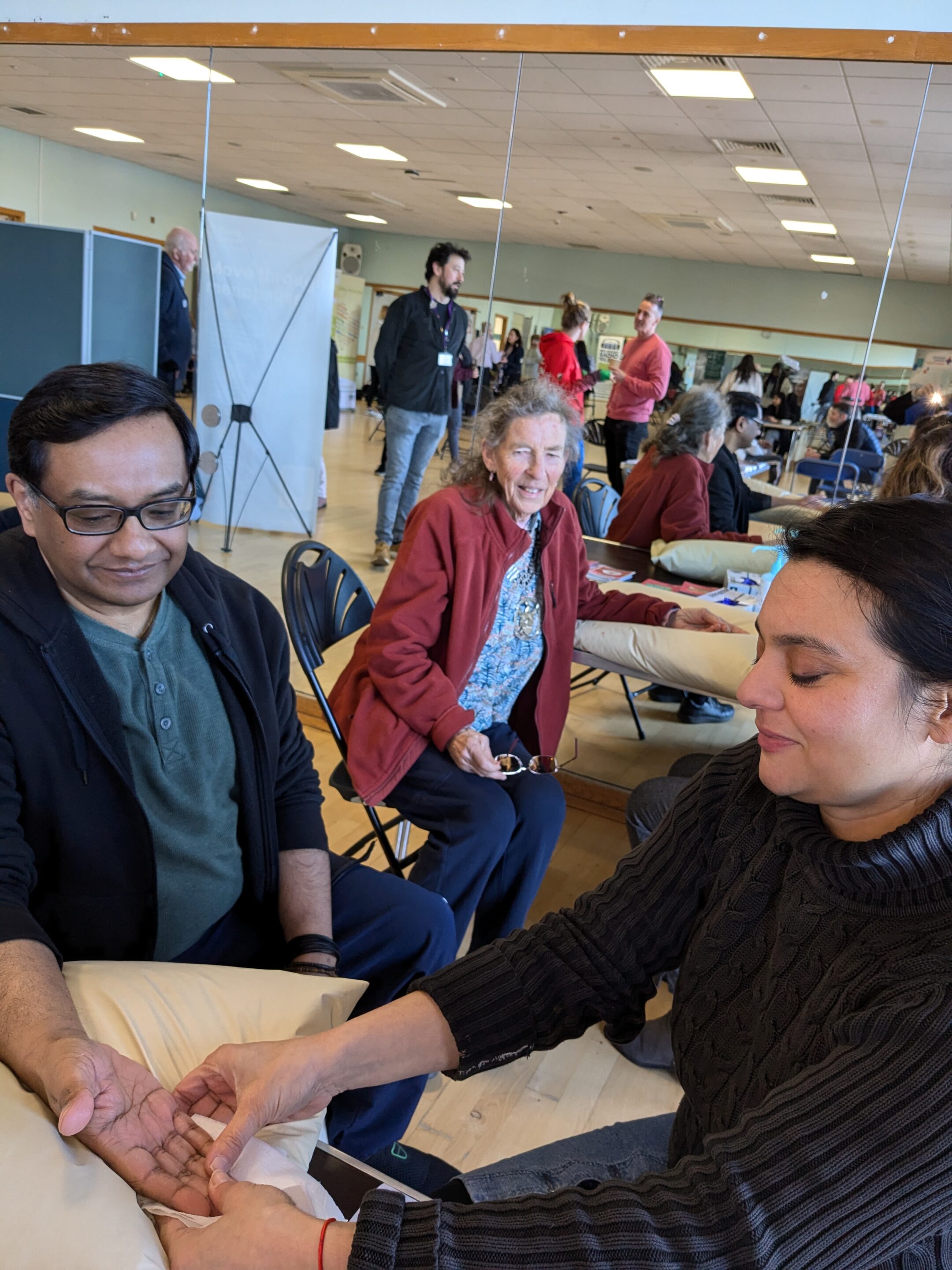
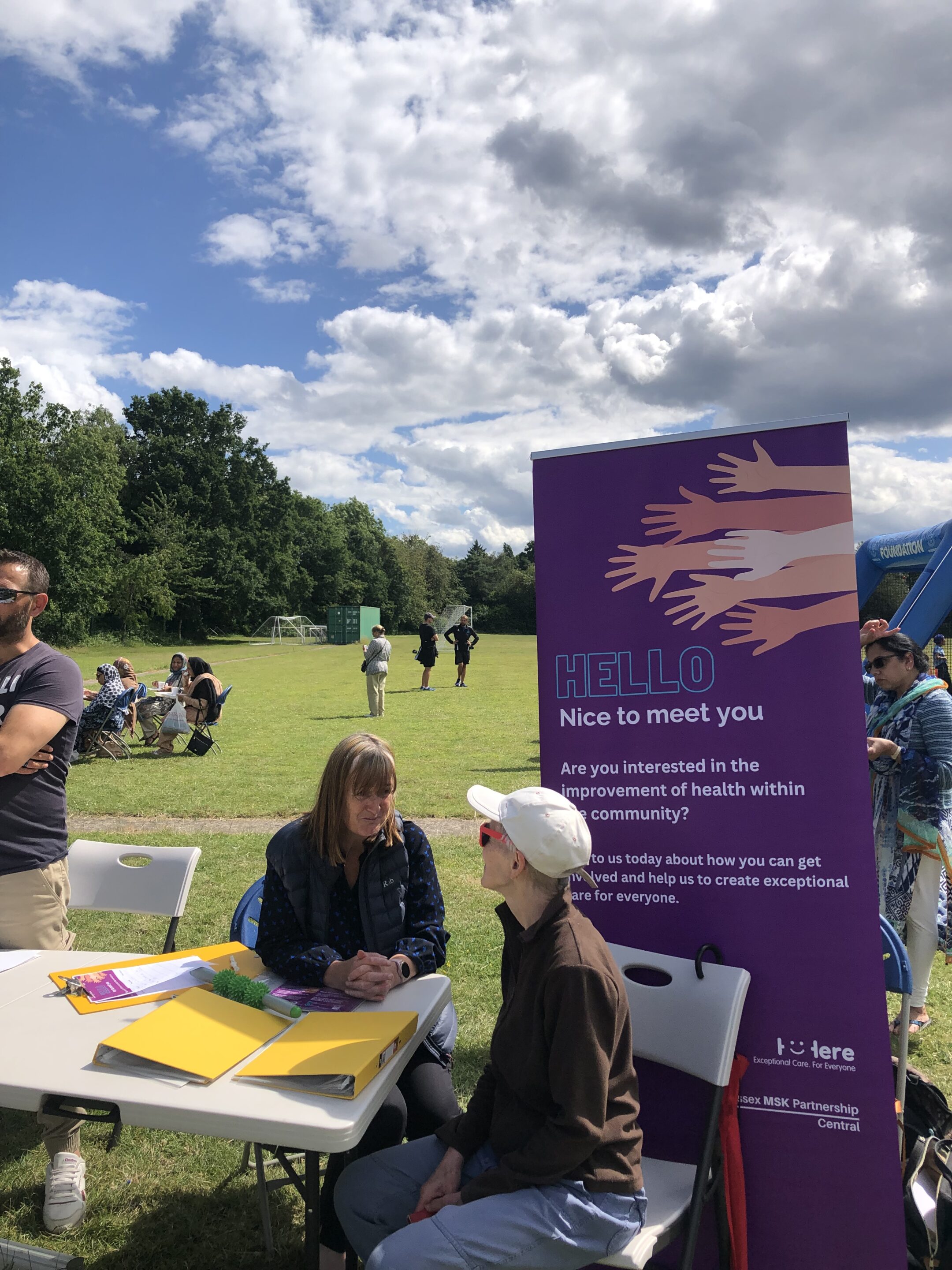
1: From care pathways to life pathways
Care that works well for a single condition can quickly become burdensome for a person managing several. Our MSK services in Sussex take a whole-person view—connecting people to physiotherapy, mental health support, community groups, and social prescribing, depending on what matters most to them.
Crucially, this joined-up approach doesn’t just feel better for patients—it’s more efficient for the system. Avoiding duplication, reducing unnecessary referrals, and helping people access the right support first time leads to better outcomes and lower overall costs. Supporting someone to live well with multiple conditions is not just good care—it’s smart use of resources.

Care built around complexity doesn’t have to be more complicated. When we design for real life, we find simpler, more sustainable solutions – for people and for the system.

2. Design with, not for
One of the clearest lessons from our work is that services should be co-designed with the people who use them.
When we partnered with Age UK to deliver a new dementia assessment service, we built it around what people told us they needed: faster answers, fewer handoffs, more clarity and kindness. That feedback shaped everything from the clinical model to the language we use in our leaflets.
The result is a service that feels more personal, more efficient, and more trustworthy.
3. Make the tech work for people, not the other way round
As The King’s Fund rightly notes, good coordination relies on systems that talk to each other—and to the people using them. But all too often, technology ends up serving organisational or system demands rather than patient needs.
We’ve invested in data and analytics platforms that help different parts of the system understand population health and work together. The aim isn’t just efficiency, it’s insight that leads to better, more joined-up decisions.
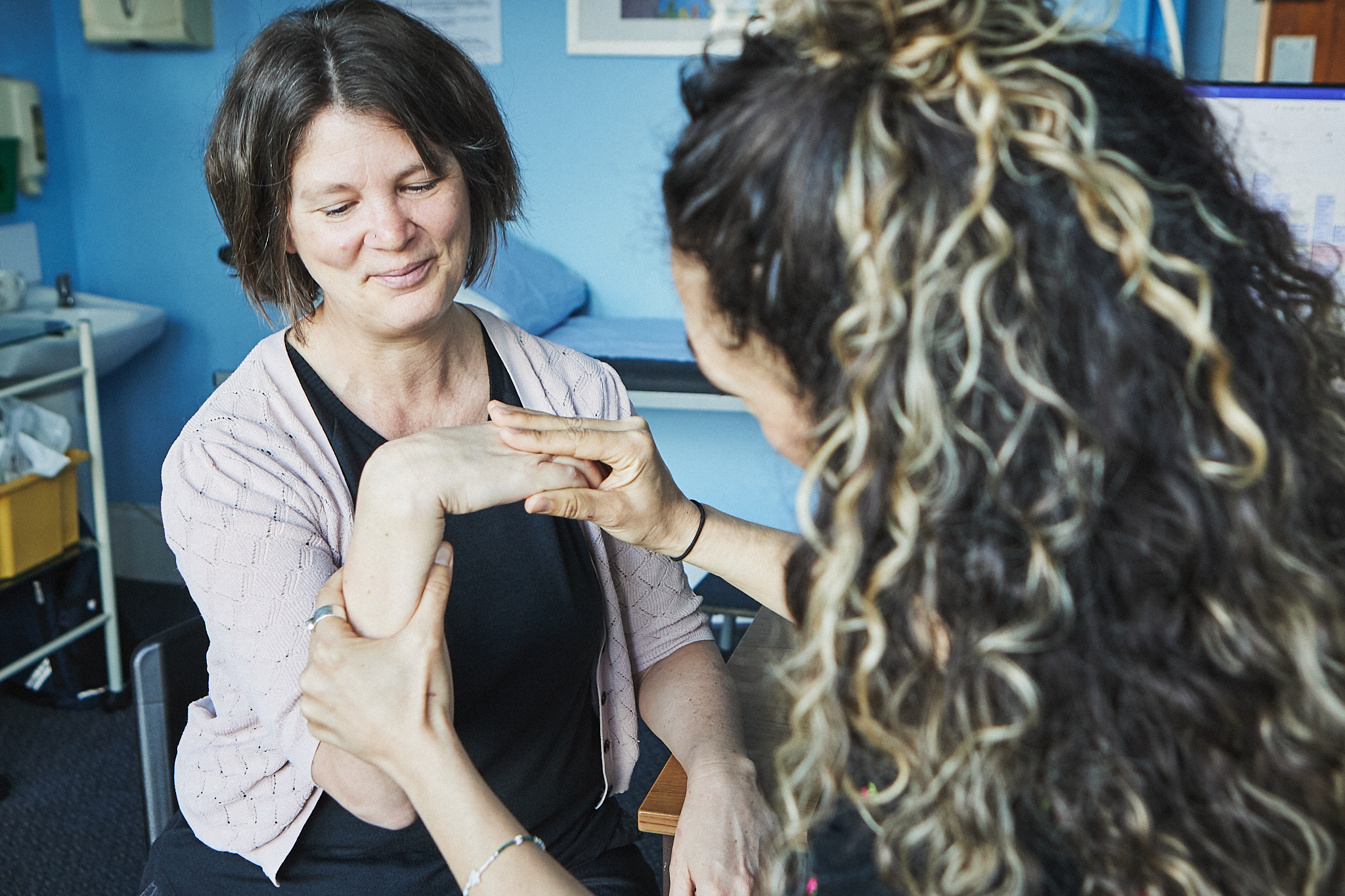
4. Equity must be built in, not bolted on
People in more deprived areas are more likely to experience multiple long-term conditions—and to face greater barriers in accessing support. Reviewing data with people on the ground tells you where to focus.
By working alongside VCSE collaborators, we’ve created community health days in parts of Sussex where need is high and engagement is low, bringing services directly to people and reducing the friction of navigating formal systems. It’s a small step, but it reflects our belief that access and equity must be considered from the start, not retrofitted later.
5. Relationships matter more than structures
Changing systems is complex. But often, it’s the quality of relationships – between professionals, teams, and organisations – that determines whether care feels joined-up.
In our work, we’ve seen integrated teams flourish when they’re built on trust, mutual understanding, and shared purpose. Creating time and space for professionals to learn from each other and build those connections is just as important as any formal process redesign.
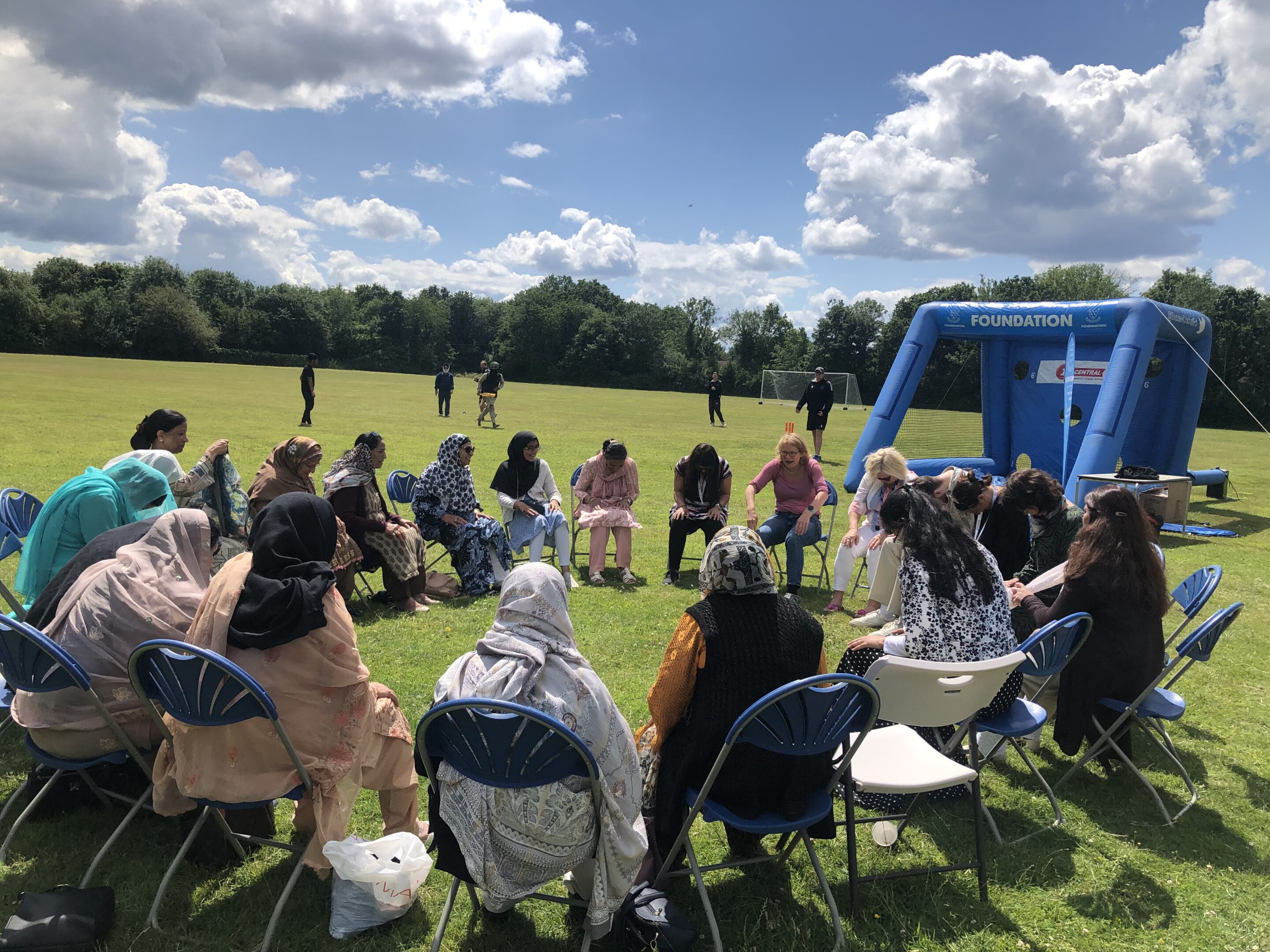
6: Measure what matters – to people and the systems
We’re still too focused on activity and throughput. While these metrics have their place, they don’t capture whether someone feels better, more supported, or more able to manage their health.
At the same time, understanding what matters to people gives us a clearer picture of what works and what doesn’t. That leads to better decision-making, better commissioning, and better value. It means investing in what genuinely helps and scaling back what doesn’t. True efficiency starts with understanding the person, not just the pathway.
Looking ahead
Supporting people with multiple long-term conditions is one of the most complex tasks in modern healthcare but it’s also where some of the greatest gains lie.
When we design care that reflects real life rather than idealised pathways, we unlock better outcomes and better use of resources. Coordinated, whole-person care doesn’t just improve people’s experiences; it reduces duplication, lowers demand on stretched services, and allows professionals to work more effectively.
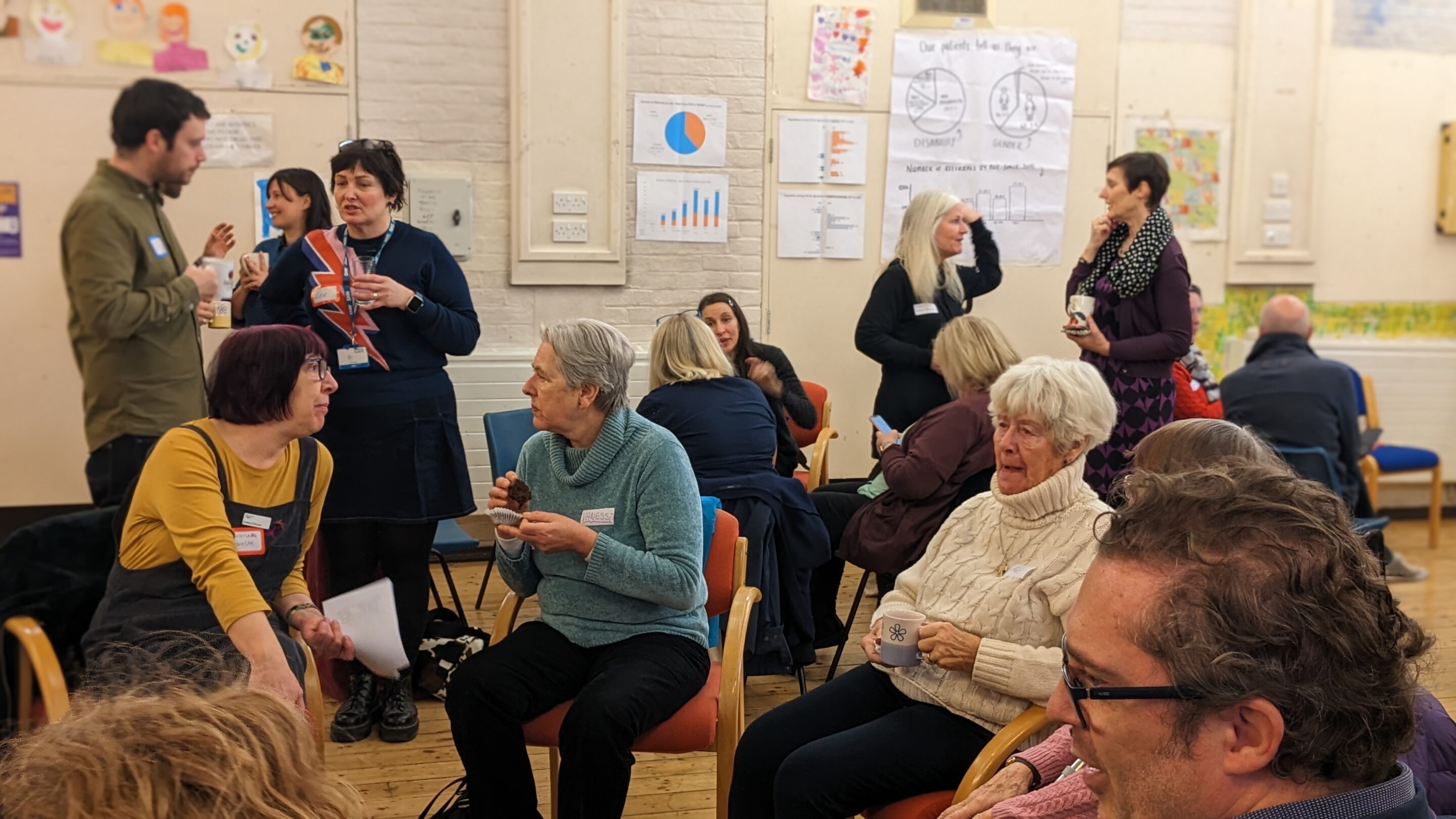
At Here, we’re learning that care built around complexity doesn’t have to be more complicated. In fact, when we listen to people and work collaboratively across the system, we often find simpler, more sustainable solutions.
We’re excited to be embarking on a new project with The King’s Fund to explore how a deeper understanding of multiple long-term conditions – and more intentional co-creation with the people living with them – can help shape healthcare that works better for both individuals and the system as a whole.
Integrated, person-centred care is not a luxury – it’s essential to delivering quality and value in the NHS of the future.
We’re looking forward to sharing what we learn through our collaboration with The King’s Fund, follow along for open and honest reflections, challenges, and learning as we go.
Also of interest
Rethinking Our Health: starting with pain
We’ve been asking communities what really matters when they’re living with pain. In this update, we share what we heard, what surprised us, and how this learning is shaping a new three-part support offer for MSK pain that starts locally, builds on existing strengths, and is designed together.
Rethinking Pain: Insights from The Kings Fund and Here
What if pain wasn’t just something to manage, but a signal for change? The Kings Fund and Here explore how a “do with” approach can transform pain services – focusing on prevention, connection, and holistic support.
Rethinking Our Health: Why it matters
Introducing Rethinking Our Health – a new way of working with communities to support people living with long-term conditions.


